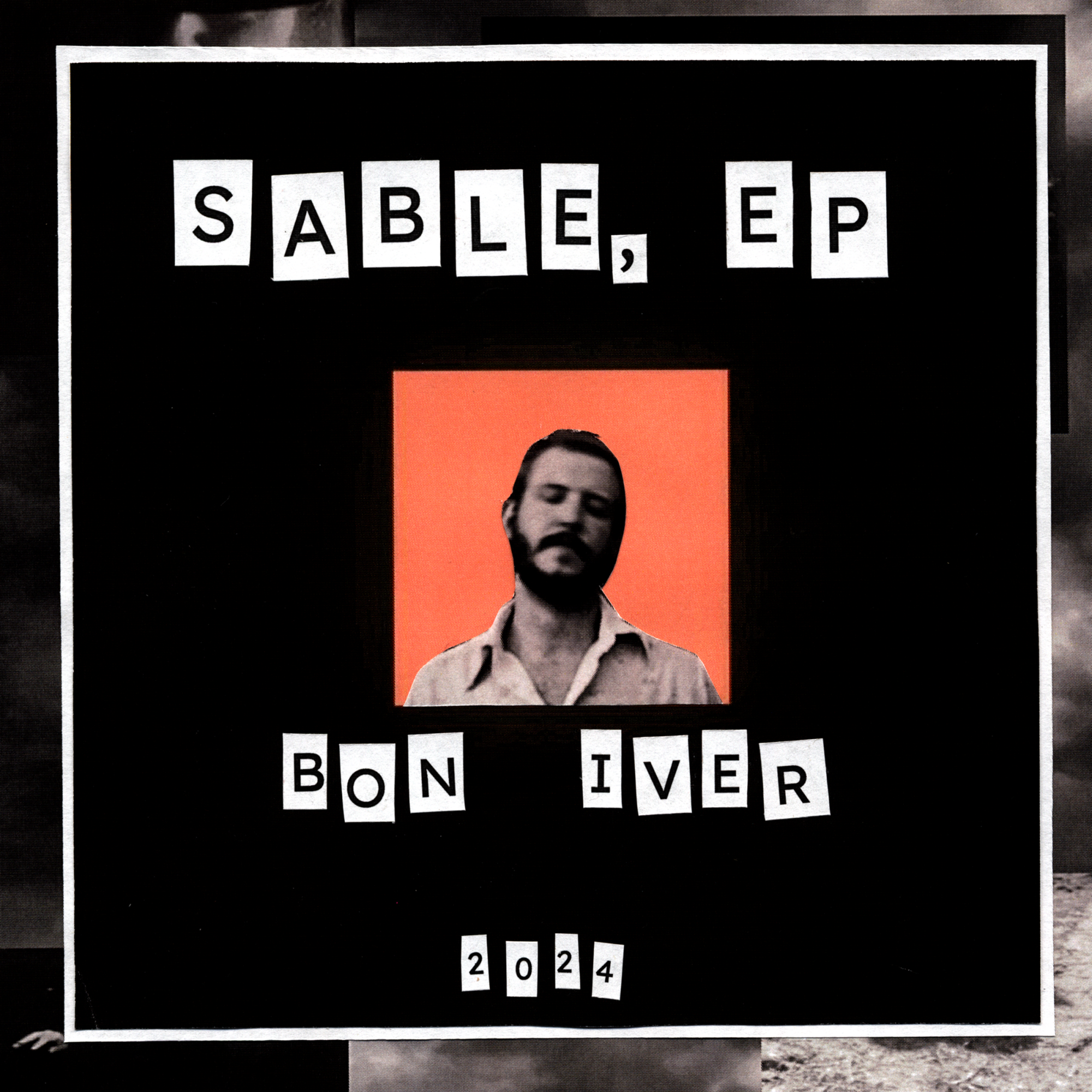Bon Iver, the band formed by songwriter and producer Justin Vernon, presents the world with a familiar yet refined sound on his new EP “Sable.” Returning to his sensational folk sound, “Sable” emotionally dives into Vernon’s life over the last five years.
Setting himself apart from his contemporaries, Vernon is an accomplished producer, ranging from folk to pop and everywhere in between. His most recent collaboration with Charli xcx on the remix of “I think about it all the time” is a prime example of his artistic versatility. Collaborating with Kanye West throughout the 2010’s and Taylor Swift’s sister albums “Folklore” and “Evermore” in 2020, Vernon doesn’t shy away from experimental production or elaborate songwriting.
After two decades of experimentation and reinvention, Vernon refined the familiar sounds off his 2007 EP, “For Emma, Forever Ago.” Filled with angelic falsetto melodies and Vernon’s renowned folk production, “Sable” provides a direct insight into his honest and raw emotional state.
The first song on the EP, “THINGS BEHIND THINGS BEHIND THINGS,” opens the door into Vernon’s familiar songwriting style facing the reality of his brooding mind. Introducing his vocals alongside a stripped guitar melody, he recites the refrain, “I see things behind things behind things.” Continuing to resonate with listeners, he escapes into his existential lyricism. “I can’t go through the motions / How’m I supposed to do this now?”
Returning to the refrain, Vernon’s juxtaposing lyricism can be understood in a variety of ways: light behind dark, beauty behind pain. Accompanied by a soft angelic pedal steel guitar, he grieves the double-sided reality of his artistry, singing, “I got caught compiling my own news / I never lose / And who’s the benefactor?”
At the heart of this EP is “Speyside,” the only previously released single. Vernon reflects on the past five years of his life, mainly spent producing in the background, and the relationships that have suffered due to his guilt. “S P E Y S I D E,” alongside the rest of the EP, was written in Key West, Florida, as Vernon wished to escape the familiar seclusion of his Wisconsin home.
Stringing verses together with a plucked acoustic guitar and a soft fiddle in the background, Vernon’s sincerity in regret is prevalent. The instrumentation appears just bright enough to balance the tragic lyrics, capturing his bleak state of yearning. “But maybe you can still make a man from me / here on Speyside quay,” he sings.
“AWARDS SEASON” is the final track on this angelic project that encapsulates the sonic and lyrical goals Vernon set to accomplish on “Sable.” This track opens and closes with an acapella verse driven by his raw melancholic timbre. The return of the pedal steel features the dramatic shift in lyricism taken on this track. “What was pain now’s gain / A new path gets laid / And you know what is great / Nothing stays the same,” he sings.
Vernon continues to explore this newly developed outlook, writing, “Oh, but maybe things can change / What can wax can wane / Things can get replayed.” This verse quickly erupts into a colorful ensemble of saxophones and pedal steel, effortlessly floating over the beautiful dissonance of the organ.
Mimicking the sounds of solitude, Vernon presents the resolution of “AWARDS SEASON” with the return of another acapella verse. His raw, untouched vocal performances serve as bookends, while the final seconds of this track slowly approach silence. These changes in perspective can be summarized in the final lyrics, “It’s so hard to explain / And the facts are strange / But you know what will stay? / Everything we’ve made.”
Solidifying his place in the folk scene, Vernon returns with lyrics that represent his maturing self as his truest self. “Sable” displays the reflection Vernon has had on his music over the past two decades, exploring the endless journey of personal discovery derived from creating art.


